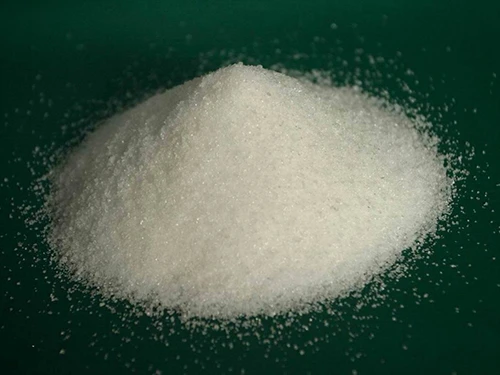hydrolyzed polymaleic anhydride
Understanding Hydrolyzed Polymaleic Anhydride Applications and Advantages
Hydrolyzed polymaleic anhydride (HPMA) is a significant polymer that has garnered attention in various industrial applications due to its unique chemical properties and versatility. This polymer is synthesized from maleic anhydride through hydrolysis, allowing it to interact with water and form a range of functional groups. The resulting product possesses remarkable characteristics, making it suitable for a variety of applications, particularly in the fields of water treatment, oil recovery, and as a dispersant in various formulations.
Chemical Structure and Properties
Hydrolyzed polymaleic anhydride consists of a backbone formed by repeating units of maleic acid. Upon hydrolysis, the anhydride groups convert into carboxylic acid groups, which greatly enhances the polymer's solubility in water. This transformation is crucial as it allows HPMA to exhibit excellent stability in aqueous environments, making it an ideal component in many water-based formulations. HPMA can also function as a chelating agent, binding to metal ions and preventing unwanted reactions.
The polymer's molecular weight can be adjusted during synthesis, which can tailor its properties for specific applications. Higher molecular weight HPMA tends to have better thickening and stability characteristics, while lower molecular weight variants may provide enhanced flow properties in certain formulations.
Applications in Water Treatment
One of the primary applications of hydrolyzed polymaleic anhydride is in the water treatment industry. HPMA serves as a scale inhibitor, preventing the formation of calcium carbonate and other scales in water systems. This is particularly important in cooling towers, boilers, and other industrial water systems where scale formation can lead to reduced efficiency and increased maintenance costs. The chelating properties of HPMA allow it to bind with scale-forming ions, effectively reducing their concentration and the potential for scale deposition.
Moreover, HPMA is employed as a dispersant for particulate matter in water treatment processes. By preventing the agglomeration of particles, HPMA helps maintain a clear and efficient water system, which is crucial for both aesthetic and functional purposes. Its effectiveness in this role is particularly beneficial in municipal water treatment and wastewater management.
hydrolyzed polymaleic anhydride

Role in Enhanced Oil Recovery
In the oil industry, hydrolyzed polymaleic anhydride plays a critical role in enhanced oil recovery (EOR) processes. Its excellent thickening and stabilizing properties allow it to improve the efficiency of water flooding techniques, which are commonly used to extract crude oil from reservoirs. By increasing the viscosity of the injection fluid, HPMA can help improve the sweep efficiency, ensuring that more oil is displaced from the reservoir and ultimately recovered.
Furthermore, HPMA's capability to interact with various ions and surfactants enhances its performance in EOR applications. The polymer can help mitigate issues related to reservoir permeability and injectivity, ultimately contributing to a more successful and economically viable oil recovery process.
Formulation in Consumer Products
Hydrolyzed polymaleic anhydride is also utilized in a range of consumer products, including cleaning agents and personal care items. Its properties as a dispersant and stabilizer make HPMA valuable in formulations requiring consistent performance and shelf stability. In cleaning products, for example, HPMA aids in preventing the deposition of soil and dirt, enhancing the product's efficacy.
Conclusion
Hydrolyzed polymaleic anhydride is a versatile and effective polymer with a wide array of applications across multiple industries. Its unique properties, including solubility, chelation ability, and stability in aqueous environments, make it indispensable in water treatment, enhanced oil recovery, and consumer product formulations. As industrial demands evolve and sustainability becomes a focal point, the development and application of HPMA are likely to expand, paving the way for new innovations and efficiencies in various sectors. Understanding and harnessing the potential of hydrolyzed polymaleic anhydride will undoubtedly play a pivotal role in advancing technology and improving processes in the future.
-
2 Phosphonobutane 1 2 4 Tricarboxylic Acid (PBTCA) – Superior Scale InhibitorNewsSep.01,2025
-
2 Phosphonobutane 1,2,4 Tricarboxylic Acid (PBTCA): Superior Scale & Corrosion InhibitorNewsAug.31,2025
-
Dodecyldimethylbenzylammonium Chloride: High-Purity DisinfectantNewsAug.30,2025
-
2-Phosphonobutane-1,2,4-Tricarboxylic Acid: Scale & CorrosionNewsAug.29,2025
-
Premium Isothiazolinones | Broad-Spectrum Biocidal SolutionsNewsAug.28,2025
-
LK-319 Special Scale And Corrosion Inhibitor For Steel Plants: Advanced Solutions for Industrial Water SystemsNewsAug.22,2025





